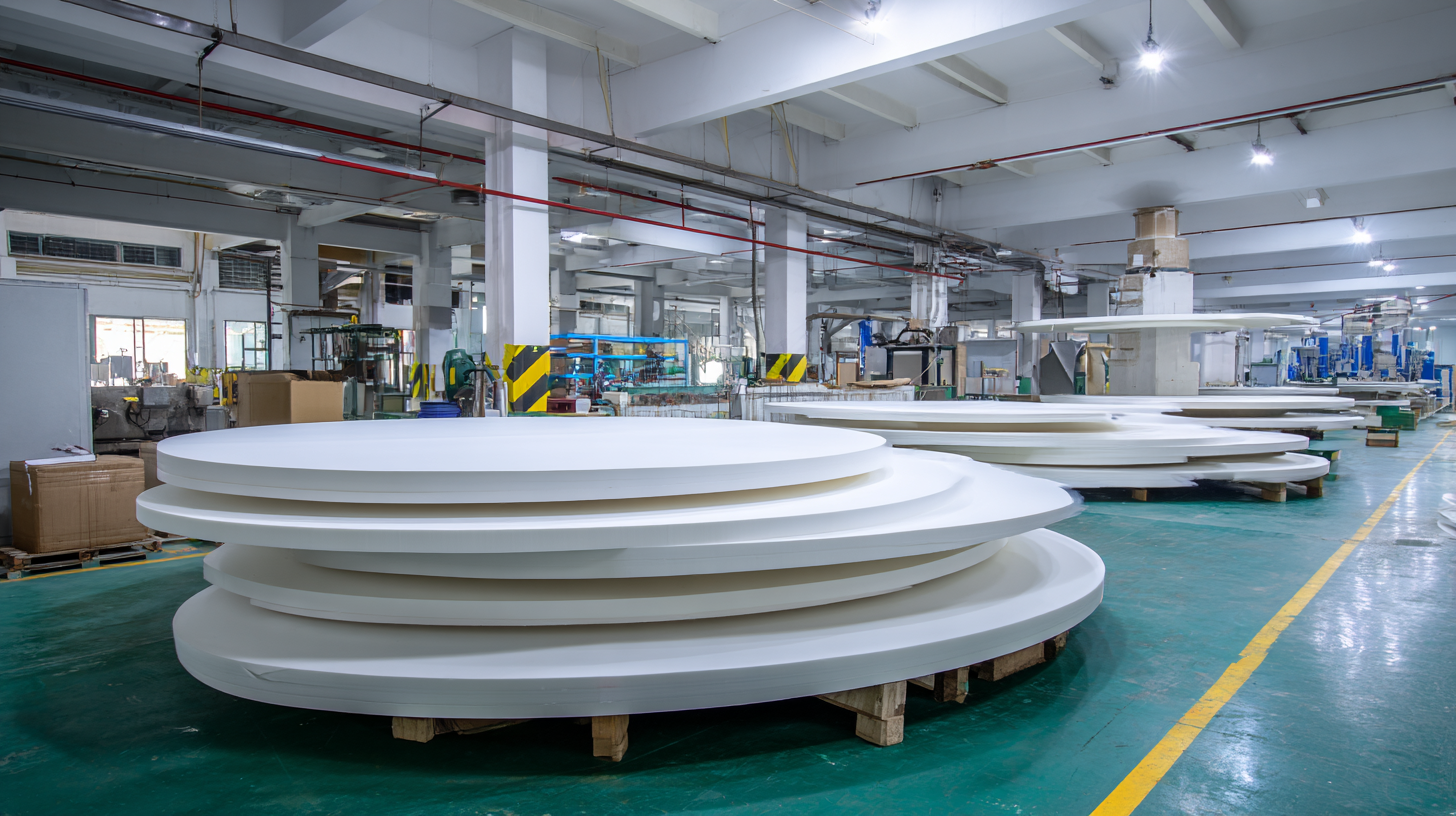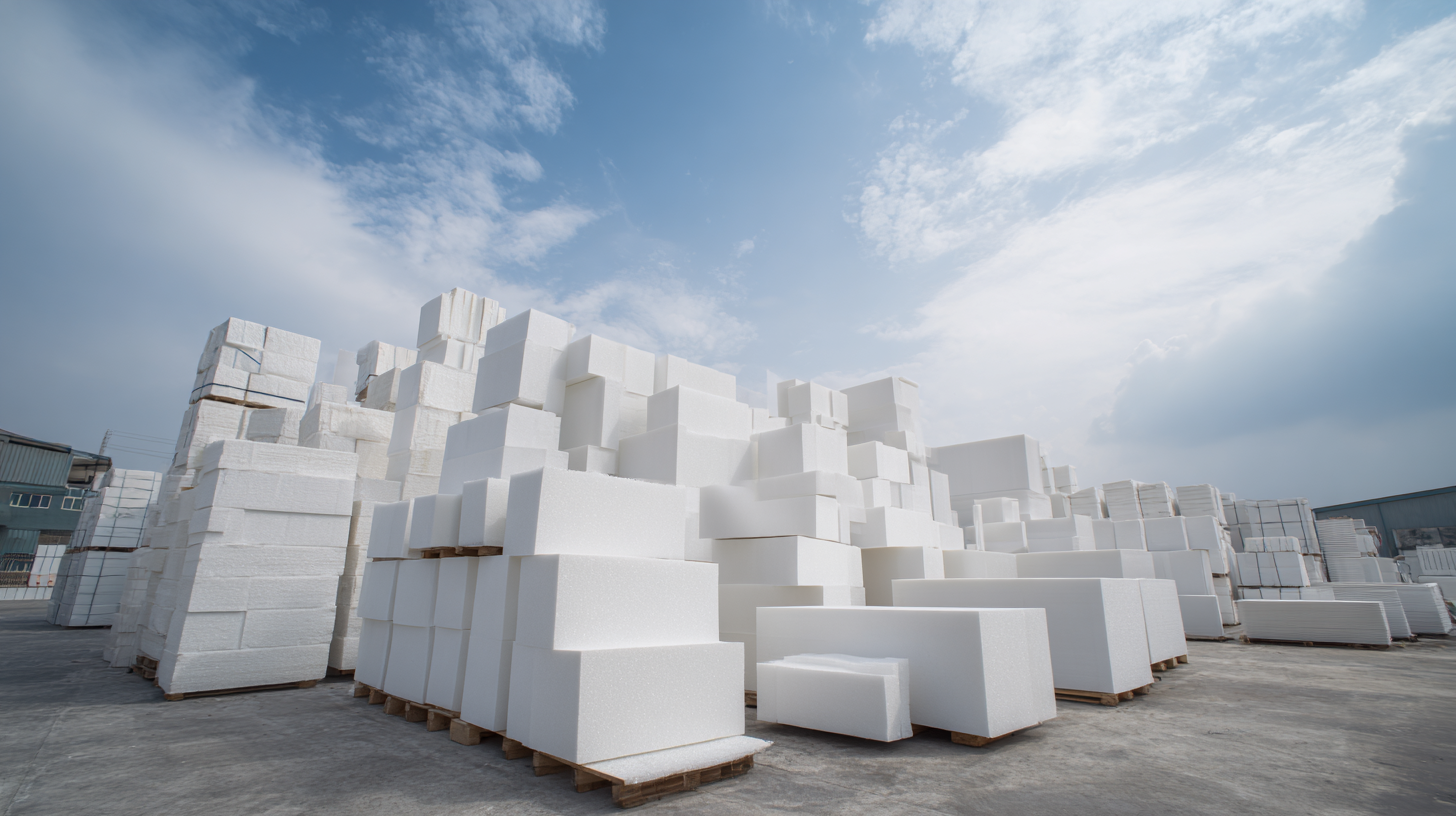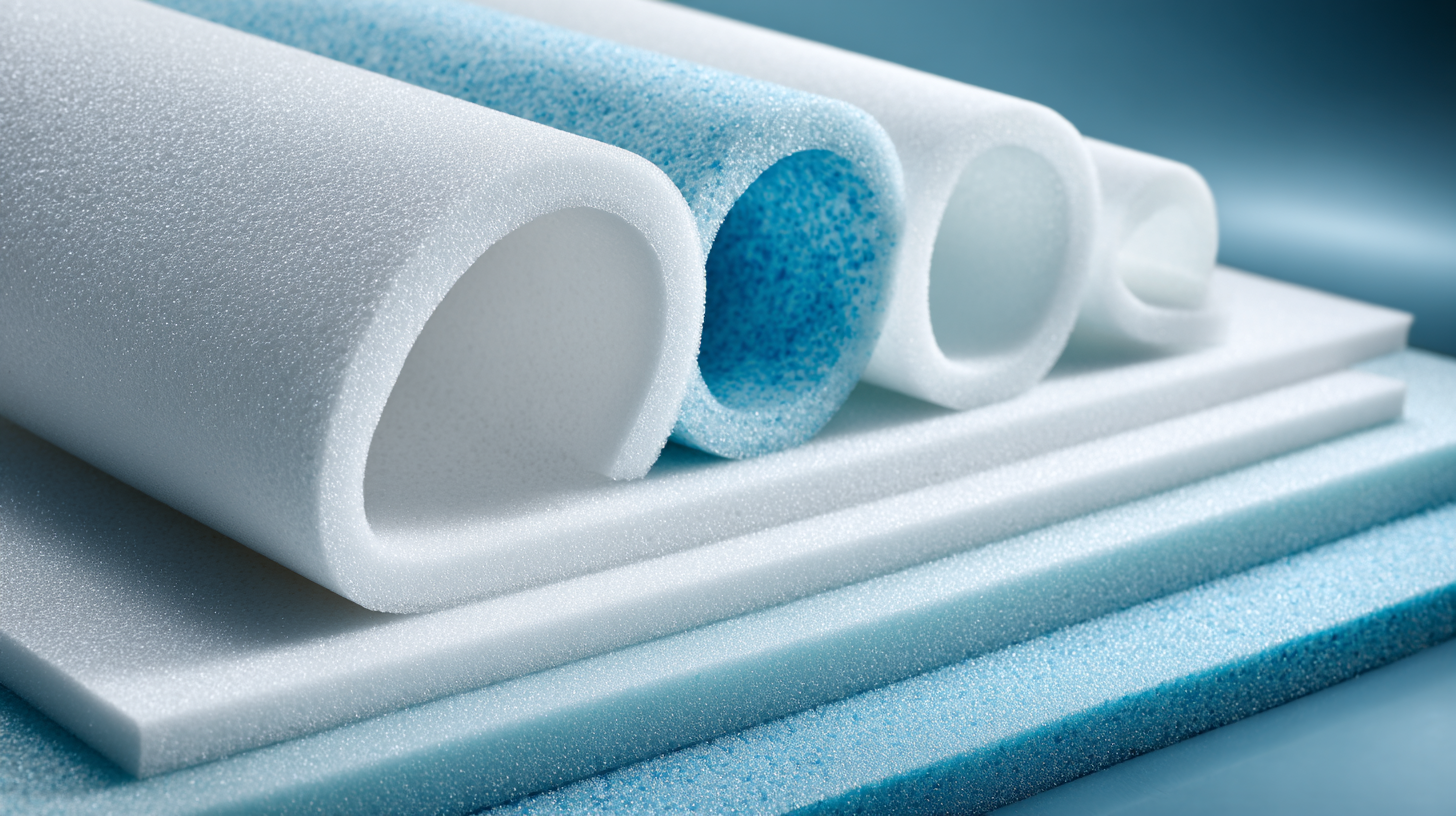In the realm of manufacturing, China's premier factory has taken center stage by delivering exceptional High Density Eva Foam to global markets, a material known for its versatility and durability. However, despite the growing demand and popularity of High Density Eva Foam across various industries, several challenges remain that can hinder its potential. These issues range from sourcing quality raw materials, maintaining consistency in production, to navigating international shipping regulations.

As we delve into the problems associated with High Density Eva Foam, it becomes crucial to understand not only how these challenges affect manufacturers but also the implications they hold for end-users seeking reliable and high-quality products. This blog will explore these obstacles and highlight potential solutions that can enhance the efficiency of production and distribution in the global market.
In recent years, the demand for high-density EVA foam has surged globally, prompting manufacturers to scale up production. However, the path to delivering high-quality products is fraught with challenges. One significant issue is the inconsistency in raw materials, which can lead to variations in foam density and durability. With suppliers spread across different regions, ensuring uniformity in material specifications becomes a daunting task for manufacturers.
Another critical challenge lies in the quality control processes employed during production. Inadequate testing measures can result in batches of foam that do not meet the necessary standards for performance and safety. Effective quality assurance not only requires advanced technology and equipment but also skilled personnel who can identify defects early in the manufacturing process. By prioritizing stringent quality control protocols, manufacturers can enhance product reliability and maintain a competitive edge in the global market for high-density EVA foam.
The global supply chain has faced unprecedented disruptions, impacting industries worldwide, including the production of EVA foam. Key factors such as logistical delays, material shortages, and fluctuating demand have significantly affected the efficiency of EVA foam manufacturing. As China’s premier factory adapts to these challenges, it employs strategic solutions to maintain high-density EVA foam production tailored for various markets. This adaptability not only helps mitigate supply chain disruptions but also ensures that customers receive their products on time.

Tip: To enhance production efficiency amidst supply chain challenges, manufacturers can invest in automation technologies that streamline processes and reduce dependency on manual labor. Implementing advanced forecasting tools can also help companies anticipate demand fluctuations, ensuring they have the right materials available when needed.
Another effective strategy involves building strong relationships with suppliers to create a more resilient supply chain. By collaborating closely with local and international suppliers, factories can secure a steady flow of raw materials, thus minimizing disruptions and maintaining high production standards.
Tip: Regularly reviewing and diversifying your supplier base can protect against potential shortages and ensure smoother operations in times of crisis.
With the growing global emphasis on sustainability, the production of EVA foam—widely used in a variety of applications from footwear to sports equipment—is evolving to meet environmental concerns. Manufacturers are increasingly mindful of sourcing eco-friendly materials and adopting greener processes. This shift is crucial, as traditional EVA foam production has significant environmental impacts, including high energy consumption and waste generation.
To enhance sustainability in EVA foam manufacturing, companies can implement several practices. Firstly, sourcing recycled materials can drastically reduce the demand for virgin resources, minimizing the ecological footprint. Additionally, investing in energy-efficient machinery and optimizing production lines can lower energy consumption significantly. Lastly, regular audits and assessments can help identify areas for improvement, allowing manufacturers to adopt best practices that benefit both the planet and their bottom line.
Furthermore, collaborating with suppliers who prioritize sustainability can create a more significant impact across the supply chain. Consumers are also becoming more conscious of their choices, indicating a growing market for eco-friendly products. By embracing sustainable practices, manufacturers can not only address environmental concerns but also appeal to a conscious consumer base.

In the rapidly evolving landscape of the global foam market, competition is fierce, particularly for high-density Eva foam. As manufacturing processes advance and consumer preferences shift, companies must navigate a complex web of demand dynamics. High density foam, known for its durability and versatility, is increasingly sought after in various sectors such as automotive, furniture, and sports equipment. Therefore, businesses must not only focus on product quality but also stay attuned to market trends and customer needs.
Tip 1: Regularly conduct market research to understand emerging trends and customer preferences. This will help businesses to tailor their offerings and remain competitive.
As the demand for high-density foam continues to rise, manufacturers must harness innovative production techniques to optimize efficiency while meeting stringent quality standards. Establishing strong relationships with suppliers and fostering collaboration within the industry can lead to improved sourcing of materials and reduced operational costs.
Tip 2: Invest in technology and training for your workforce. Skilled employees using advanced machinery can significantly enhance production capabilities and product quality.
In a global marketplace, agility is crucial. Companies must be prepared to adapt their strategies swiftly in response to competitors' moves and changing consumer demands. By remaining proactive and committed to excellence, businesses can carve out a significant share of the high-density foam market.
In the ever-evolving landscape of manufacturing, China's premier factory is leading the charge in the production of high-density EVA foam, showcasing remarkable technological innovations. The advancements in EVA foam production not only enhance quality but also address common industry challenges, such as sustainability and efficiency. By integrating cutting-edge technologies like automated systems and eco-friendly materials, manufacturers can create products that meet the demands of a global market while minimizing environmental impact.
**Tip:** When selecting EVA foam products, consider their density and compressibility traits to ensure they meet your specific application needs, whether for packaging, cushioning, or insulation.
Moreover, advancements in material formulations have empowered manufacturers to produce EVA foam that boasts superior durability and performance. This innovation paves the way for applications in various industries, including automotive, construction, and consumer goods. As companies focus on lifecycle assessments and recyclability, they foster a manufacturing culture that not only prioritizes quality but also responsible production practices.
**Tip:** Look for suppliers who offer transparency regarding their production processes and material sourcing to ensure you're choosing eco-conscious products that align with your company's values.
